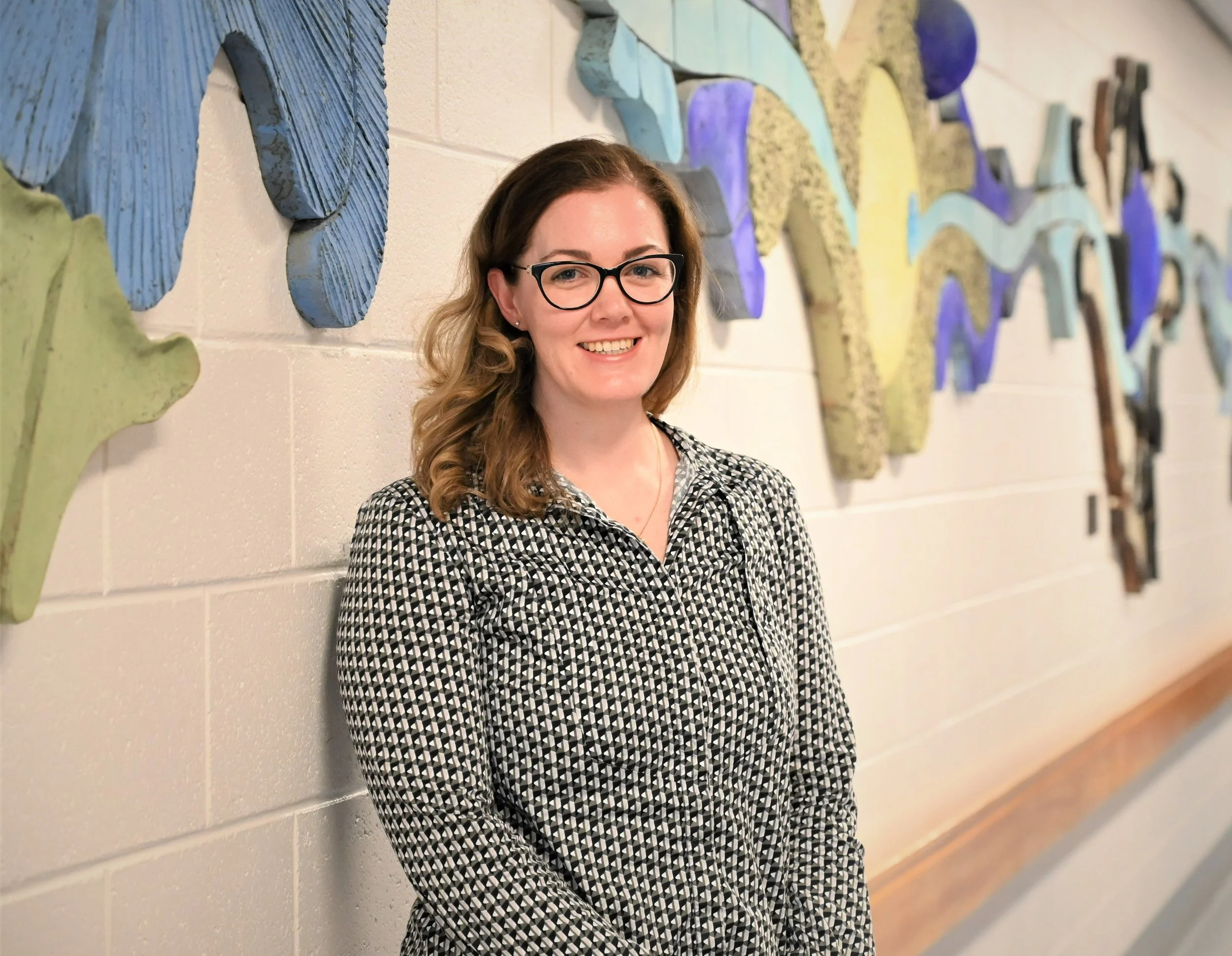Sleep study an Australian first
“This research project will be the first to identify the prevalence of iRBD in Tasmania and Australia”
Samantha Bramich
March 2023
Prevalence and profiles of Isolated REM Sleep Behaviour Disorder (iRBD) in Tasmania - a high risk prodromal disorder for dementia and neurodegenerative disease – Samantha Bramich - $24,983.20
Isolated Rapid Eye Movement (REM) sleep behaviour disorder (iRBD) is a rare sleep disorder in which people ‘act out’ their dreams by kicking and punching when dreaming.
Previous research suggests that adults with this disorder have a 90% chance of developing dementia or other neurodegenerative diseases (ND), such as Parkinson’s disease, within 10 years from when they are first diagnosed.
However, people with iRBD often do not know that they have it, and it is usually their bed partner who notices the unusual behaviours. Further, the disorder is under-recognised in the Tasmanian community and its progression to ND is not fully understood.
This project will identify how many people in Tasmania have iRBD and investigate other factors, such as changes in smell, thinking and movement function that will help us work out who is at highest risk for rapid progression to dementia.
Participants will have a sleep study in their own home to accurately assess their sleep and potentially identify iRBD. They will also complete several smell, memory and movement tests that will be used to further understand the association between iRBD and its progression to dementia or other ND.
This will produce the first ever estimate of iRBD prevalence in Tasmania (and in Australia) contributing to the worldwide body of iRBD knowledge.
About the researcher
Samantha Bramich is a Sleep Scientist, with her background in psychology fuelling further interest in sleep and dreaming. Originally from the Central Coast NSW, she studied a Bachelor of Arts with majors in psychology and sociology, then a Bachelor of Psychological Science with Honours. This led her to complete a Master of Science in Sleep Medicine, and she is now pursuing her interest in sleep through a PhD with the Wicking Dementia Research and Education Centre.
Samantha has worked at the Launceston General Hospital as a sleep scientist for the past 10 years and hopes to use her skills in sleep science to continue researching the links between poor sleep and disease.
Q. Where does your interest in this area of research come from?
A. I've always been interested in the way the brain works and when I fell into a role as a sleep technician after completing my honours degree, it fuelled my interest in the sleeping brain. I find it fascinating how sleep has a role in almost all bodily functions, from brain development to cardiovascular functioning to gastrointestinal regulation, and any disruption to normal sleep patterns can have a dramatic impact on so many aspects of health. My dad has also recently been diagnosed with dementia, so I have a personal goal to find out more about the way in which changes in sleep contributes to the development of dementia and other diseases over time.
Q. What brought you to Tasmania & why do you love working here?
My parents and I came to Tasmania for a holiday in 2000 and loved it so much that they bought a house at auction during the trip, and we moved here the year after. I love Tasmania for its beauty and its community. I feel so lucky to be involved in a community where people are so willing to give their time freely to research; I have had over 2700 people contribute to my research already and I am continually amazed at the enthusiasm our community has to help others. I don't think there are many other places in the world where we could do this kind of research at such a large level, and to be able to do it in the beauty of Tasmania is just incredible.
Q. What are you hoping will come out of this research?
A. This research project will be the first to identify the prevalence of iRBD in Tasmania and Australia, so we will finally have an estimate of how many people have the disorder in our country. By identifying who has iRBD in Tasmania, we also have a great opportunity to study the features of this high-risk disorder, which will help us to understand why some people develop Parkinson's disease over dementia, or vice-versa. This in turn will assist in the development of future treatment options to reduce, or even prevent, the development of neurodegenerative disease in people with iRBD.
Read more about our 2023 Medical Research Grant recipients here.


